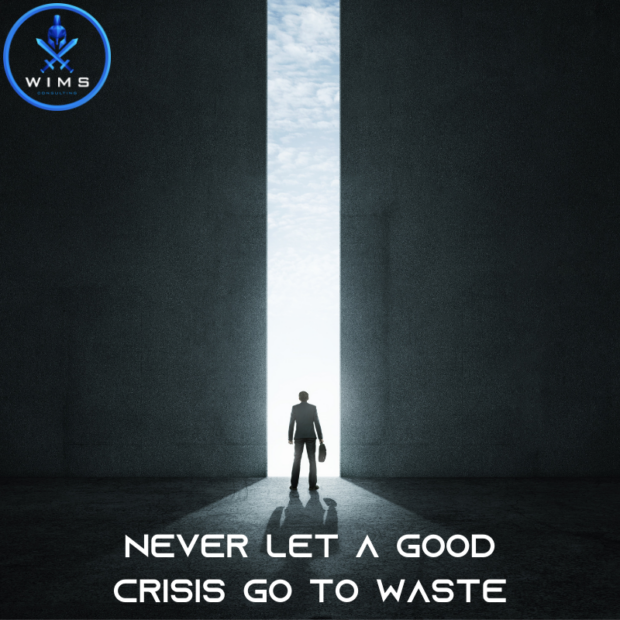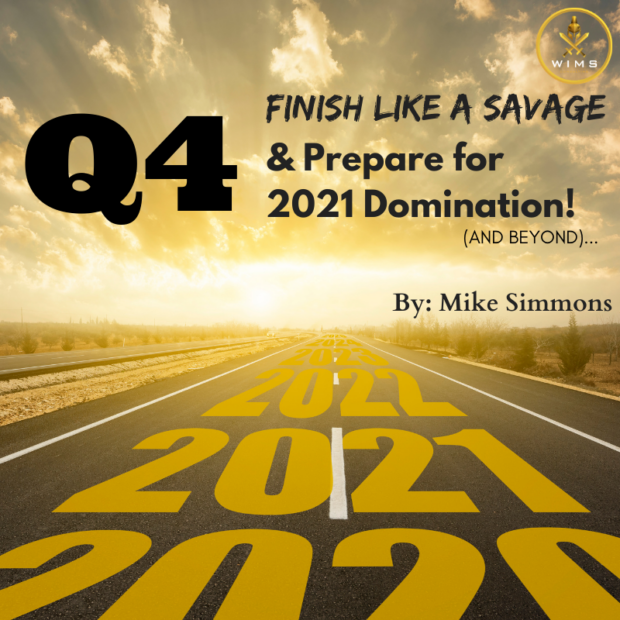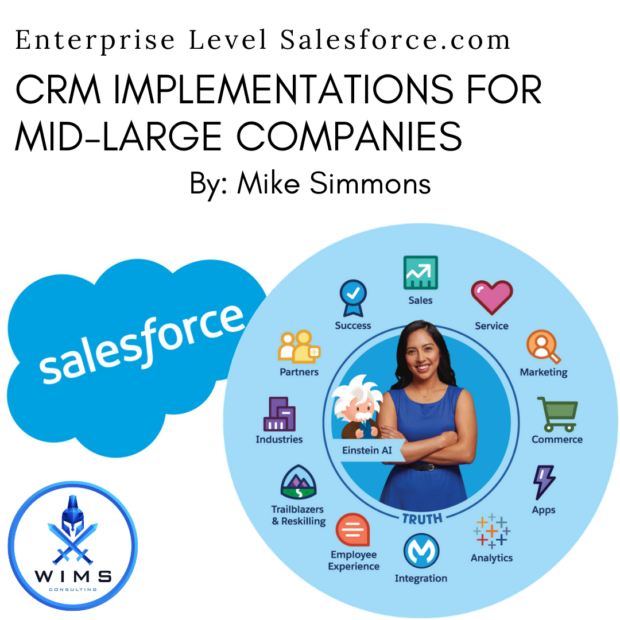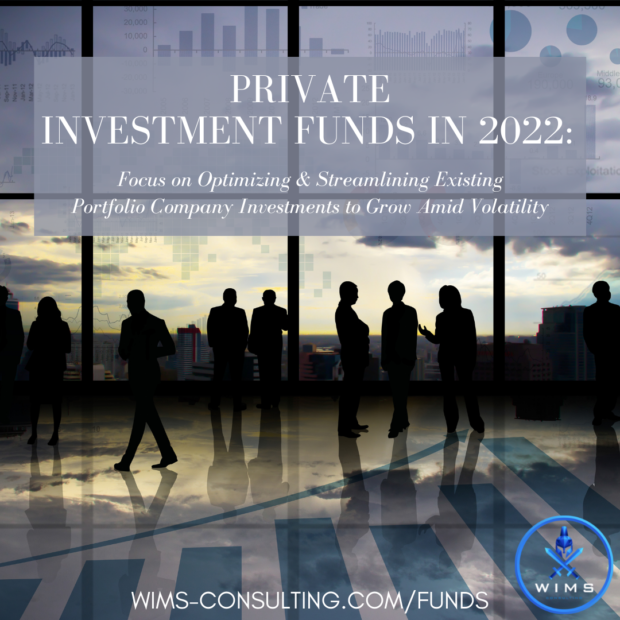We have seen the benefits of storytelling and branding as a marketing tool to create an experience for companies and people in almost every industry. As of late, we have seen the real estate industry begin using branding and storytelling to create a lasting impression on people to invoke emotions and appeal to their aspirations. But what does this look like and how can it best be leveraged?
Sports teams, athletes, actors, and “influencers” hire marketers, agents, and consultants to carefully curate, promote, and monetize their personal brand to better connect with fans. Restaurants are leveraging their atmosphere/vibe, décor, and community involvement to appeal to customers just as much as they focus on the actual food and beverage offerings. So why not real estate too?
Traditionally, real estate has been a game of square footage, location, and expectation of appreciation to determine value. The best players in the real estate game look past these objective features and focus on the subjective needs of their target market.
This means taking into account, and optimizing, the impact you can have on someone by establishing a memorable experience that will leave them itching to revisit the property, envision themselves living, working, or owning it, and at the very least passing it on by referring it to others.
Many in the industry are now treating their buildings and spaces like they are their own company by creating a brand around the asset that helps to differentiate from competition. Developers, investors, and brokers are leveraging technology more than ever to showcase their properties. Commercial and industrial buildings are now building their own websites, social media, their own videos, and marketing, and much more. Apartments and multi-family buildings are too. Plus they’re integrating CRM systems into the day to day operations to close the loop on leads, prospects, and track referral sources.
Some are now adding virtual and augmented reality walk throughs to show off the amenities, highlight key features, and visualize the surrounding community and more as well. Tenants (and potential investors) can get an even deeper feel for what a space can offer without having to physically be present in the space.
Creating a story surrounding a space to develop a certain desirable atmosphere for people matters more than ever. You are no longer just selling square footage as much as you are selling the ability to solve their problems, meet their goals, and help add value to their life, business, or whatever the case may be.
Building a brand that people want to share is a powerful tool. Creating that reputation of being the place to be essentially markets your space for you. This could be through adding more amenities such as a pool, a gym, a lounge, a rooftop patio, an art gallery, anything to foster an ambiance of originality that can be shared with friends and colleagues. People remember what they have not experienced before, giving you an advantage over competitors if you can differentiate in this way.
All of this adds incredible valuable for commercial properties, office buildings, and apartment complexes. If you can create an immersive impression, it can have an effect like the movie “Inception” that lingers longer after they visit the website, do a walk through, view a brochure, or watch a video. That is when you know you nailed it and is what you should aspire to.
What other approaches are you seeing being used to help tell these stories and create these brands?









